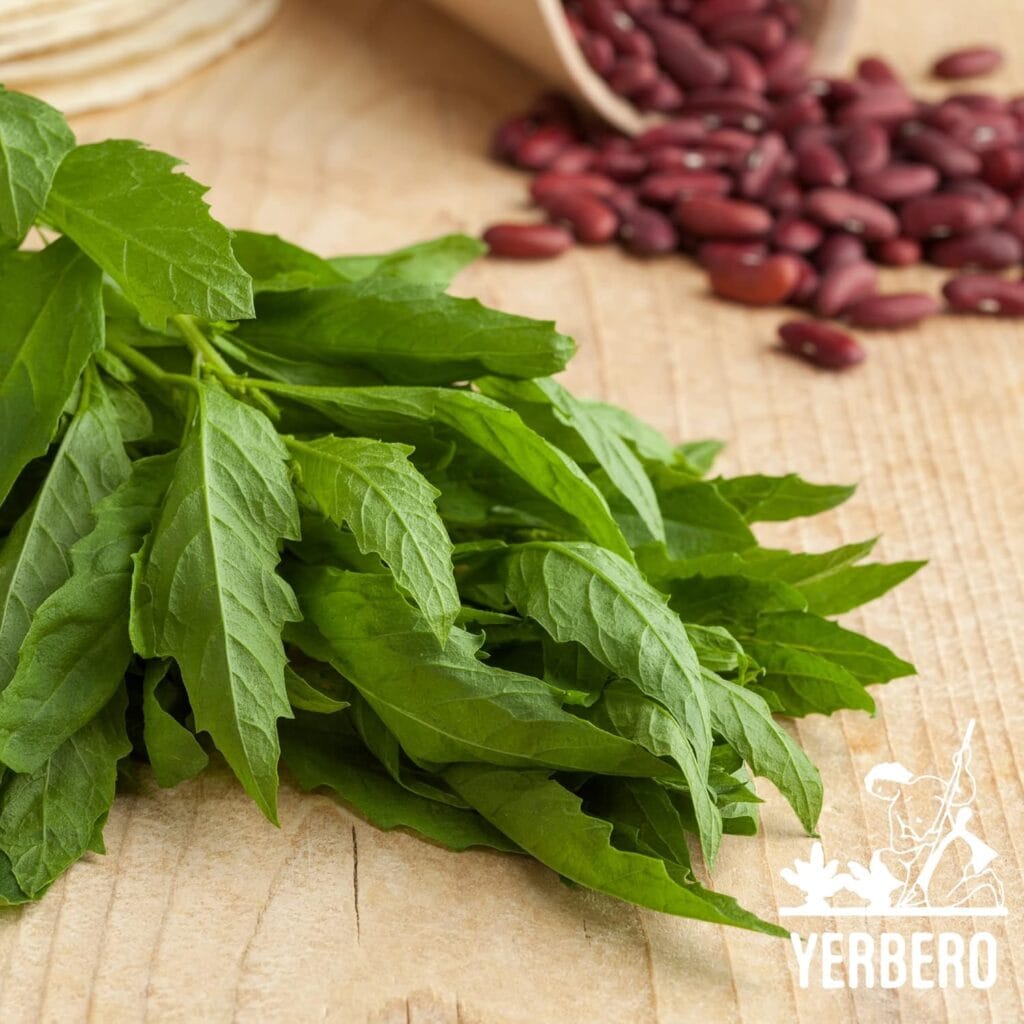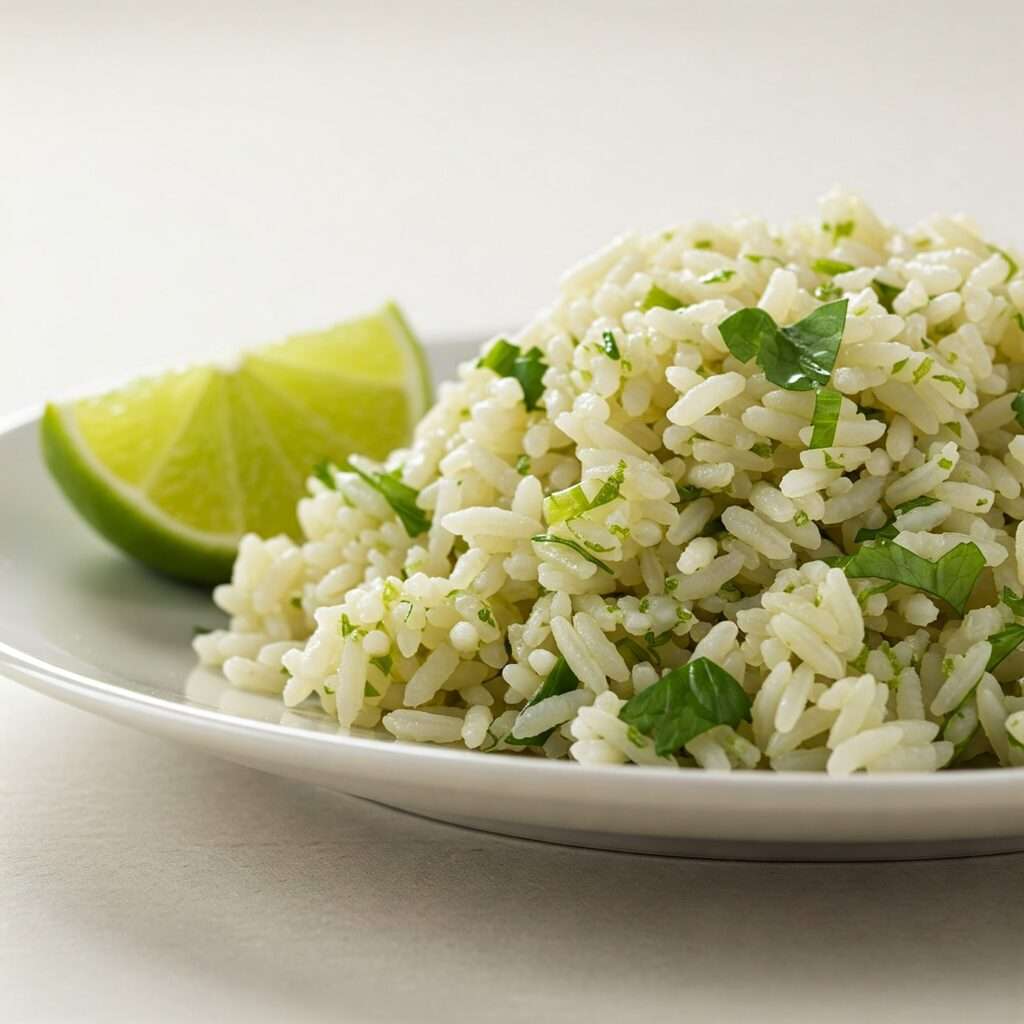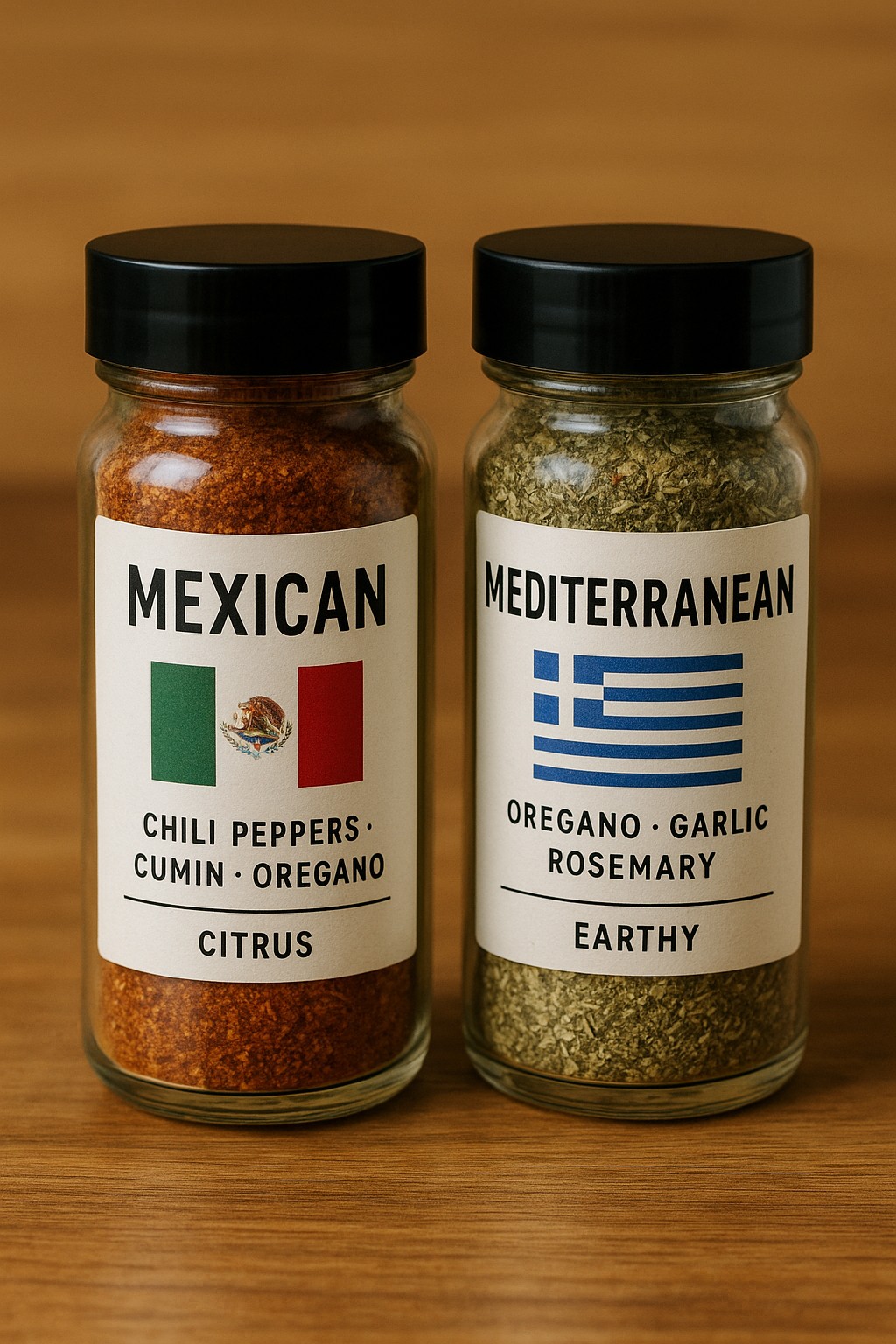Need Mexican oregano substitutes? Try marjoram, thyme, or citrusy oregano for similar flavor. Perfect for salsas, moles & more!
Introduction to Mexican oregano
Mexican oregano is not just an ordinary herb—it’s the soul of many traditional Mexican and Latin American dishes. Known for its bold, citrusy, and earthy flavor, it elevates recipes like enchiladas, salsas, and pozole to a whole new level. Unlike Mediterranean oregano, Mexican oregano belongs to the Verbenaceae family and brings a distinct vibrancy to dishes. Its aroma and taste make it an indispensable ingredient for those who love authentic Mexican cuisine.

Why Substitute Mexican Oregano?
Despite its flavorful charm, there are times when Mexican oregano might not be readily available. Perhaps it’s hard to find in your local market, or maybe you’re trying to cater to dietary restrictions or allergies. In such situations, finding a worthy substitute can save your culinary masterpiece from losing its essence.
The good news is that several herbs can replicate some of Mexican oregano’s unique qualities. With the right adjustments, you can recreate the earthy and citrusy notes in your favorite recipes without missing a beat. Substitutes also open up opportunities to experiment and add a fresh twist to traditional dishes. Whether it’s marjoram, Mediterranean oregano, or other versatile herbs, the possibilities are endless!
Mexican oregano substitutes
Regular Oregano (Mediterranean Oregano)

Flavor Profile: Mediterranean oregano, also known as common oregano, has a milder, more floral taste compared to the bold, citrusy, and slightly peppery flavor of Mexican oregano.
Origin: Mediterranean oregano is native to Europe and the Mediterranean region, while Mexican oregano comes from Mexico and the southwestern United States.
Common Uses: Mediterranean oregano is often used in Italian, Greek, and other Mediterranean cuisines, particularly in tomato-based dishes, sauces, and pizzas. Mexican oregano is a staple in Mexican cuisine and is commonly used in salsas, moles, and chili.
Thyme

Flavor Profile: Thyme has a more subtle, earthy, and slightly minty flavor, which is less pungent than Mexican oregano’s robust taste.
Substitution: Thyme can be used as a substitute for Mexican oregano in certain dishes, especially where a milder herb is acceptable. However, the resulting flavor will be different.
Marjoram

Flavor Profile: Marjoram is sweeter and milder compared to the stronger, more peppery Mexican oregano. It brings a gentle, floral essence with a slight citrus undertone.
Substitution: Marjoram can be used in place of Mexican oregano, particularly in dishes that benefit from a softer herb flavor. The substitution works well in recipes that don’t require the robust intensity of Mexican oregano.
Epazote

Flavor Profile: Epazote has a pungent, slightly medicinal, and somewhat bitter taste, which contrasts with the vibrant, citrusy flavor of Mexican oregano.
Substitution: Epazote and Mexican oregano can occasionally be used interchangeably in Mexican cuisine, but they impart very different flavors. Epazote is commonly added to bean recipes to help minimize digestive discomfort.
Sage

Flavor Profile: Sage has a strong, slightly bitter, and earthy taste, which is quite different from the citrusy and peppery notes of Mexican oregano.
Substitution: Sage can be used as a substitute in some recipes, but it will give a more robust and somewhat bitter flavor compared to the lively taste of Mexican oregano.
Lemon Verbena

Flavor Profile: Lemon verbena is known for its refreshing and intense citrusy aroma, with prominent lemon notes and a subtle sweetness. It carries floral and herbal undertones that add depth to its profile, making it a versatile ingredient. The flavor is vibrant and uplifting, with a clean and crisp finish, which makes it ideal for dishes where brightness is key. It’s often used in teas, desserts, marinades, and salads to provide a zesty and aromatic touch.
Substitution: Lemon verbena can be an excellent substitute for Mexican oregano, particularly in recipes where citrusy flavors play a central role. When swapping it in, it’s best to use it sparingly, as its strong lemon scent can become overpowering. It works well in salsas, soups, stews, or marinades, offering a lively twist to the flavor profile of the dish. Pairing it with earthy or mildly spicy ingredients can balance its boldness and mimic the complexity of Mexican oregano effectively.
Cilantro

Flavor Profile: Cilantro offers a bright, fresh, and slightly citrusy flavor, which contrasts with the earthy and citrusy notes of Mexican oregano. Its vibrant herbal taste can enhance the freshness of dishes.
Substitution: Cilantro can be used as a substitute for Mexican oregano in some recipes, particularly in salsas, garnishes, and dishes that benefit from a fresh, herbal note. However, it imparts a distinctly different flavor, so it’s best used when a fresh herb is needed to complement the dish.
Summary
In conclusion, this plant offers a unique and robust flavor profile that stands out in various dishes, particularly in Mexican cuisine. When it’s unavailable, regular oregano, thyme, marjoram, epazote, sage, Lemon Verbena and cilantro can serve as substitutes, each imparting their own distinctive flavors. Understanding these differences can help you choose the best alternative for your culinary creations, ensuring that your dishes remain flavorful and well-balanced.
Mexican Oregano Substitutes: Flavor Breakdown
This section explores the flavor profiles and culinary uses of Mexican oregano and its substitutes, helping you choose the perfect match for your recipes.
| Substitute | Flavor Notes | Best Use Cases |
| Mediterranean Oregano | Earthy, slightly bitter | Tomato-based dishes, pizza |
| Marjoram Mild | sweet, herbal | Stews, sauces |
| Sage | Earthy, slightly peppery | Stuffing, poultry, Italian dishes |
| Thyme | Herbal, minty | Soups, roasted vegetables |
| Epazote | Pungent, slightly medicinal | Bean dishes, traditional Mexican cuisine |
| Lemon Verbena | Citrusy, floral | Marinades, desserts |
| Cilantro Bright | Herbaceous | Salsas, rice dishes |
Recipes Featuring Substitutes
Out of Mexican oregano? These flavorful substitutes don’t just fill the gap—they elevate the dish. Here’s how you can use them in real recipes:
Lemon Verbena Chicken Tacos

Infuse your taco night with the sunny, green notes of lemon verbena for a truly special experience. Start by blending finely chopped lemon verbena leaves with lemon zest, garlic paste, and a dash of olive oil to form a fragrant coating. Let the chicken luxuriate in this herbal citrus bath, each moment deepening the vibrant taste. Cook until tender and juicy, then slice and layer into warm tortillas with creamy avocado slices and a cilantro-lime slaw for a burst of fresh flavor in every bite.
Lime-Infused Rice with Marjoram and Cilantro

This vibrant side dish layers zesty and herbal notes for a simple yet flavorful experience. Simmer jasmine or basmati rice in light broth, then fold in freshly chopped cilantro, a splash of lime juice, and a pinch of dried marjoram. The result is a citrusy-herbal rice that pairs perfectly with grilled meats or veggie bowls.
Hearty Bean Stew with Thyme and Epazote

A great duo for beans, thyme adds savory depth while epazote enhances flavor and supports digestion. Simmer soaked beans with garlic, onion, cumin, thyme, and a few epazote leaves until tender.
Grilled Veggies with Mediterranean Oregano and Sage

Toss chopped bell peppers, zucchini, and eggplant in olive oil, Mediterranean oregano, and a pinch of sage before roasting or grilling. These herbs bring bold, warm undertones that mimic the robustness of Mexican oregano.
Tips for Adapting Recipes:
- Use Mediterranean oregano in equal parts for a direct substitute with a slightly different twist—more floral, less citrusy.
- Sage is potent—start with a small pinch when using it in stews or roasts.
- Combine herbs—try mixing thyme and marjoram or oregano with cilantro to balance savory and fresh notes.
- Adjust cooking time—delicate herbs like cilantro should be added at the end to preserve their freshness.
Health Benefits of Substitutes
Swapping herbs? You might be gaining some great wellness perks along the way:
- Mediterranean Oregano: Rich in carvacrol and thymol, known for antibacterial and immune-boosting properties.
- Thyme: Supports respiratory health, reduces inflammation, and offers strong antioxidant protection.
- Marjoram: Promotes digestive comfort, supports hormonal balance, and soothes the nervous system.
- Epazote: Traditionally used for easing digestion, especially with beans; helps reduce bloating and gas.
- Sage: Contains anti-inflammatory compounds and is known for enhancing memory and cognitive function.
- Lemon Verbena: Relieves stress, aids digestion, and has antioxidant benefits.
- Cilantro: Detoxifies heavy metals, supports heart health, and adds a refreshing cooling effect.
Compared to Mexican oregano:
Mexican oregano is valued for its bold flavor and antimicrobial benefits, largely due to its high carvacrol content. Many of the substitutes share similar medicinal qualities—some even going beyond, offering calming, digestive, or detoxifying effects.
Conclusion
Can’t find Mexican oregano? Think of it as a flavor adventure! With stand-ins like thyme, marjoram, or even epazote, you’re not just substituting—you’re upgrading your herb game with new aromas, health perks, and bold pairings.
Your turn to stir the pot!
Try one of the substitutions above in your favorite dish. Found a combo that works wonders? Drop your swap secrets in the comments—we’d love to hear your creative takes on herb substitution!
References:
Substitute cooking: “12 Best Substitutes for Oregano – Substitute Cooking“
Verywell Health: “Everything You Need to Know About Oregano“







